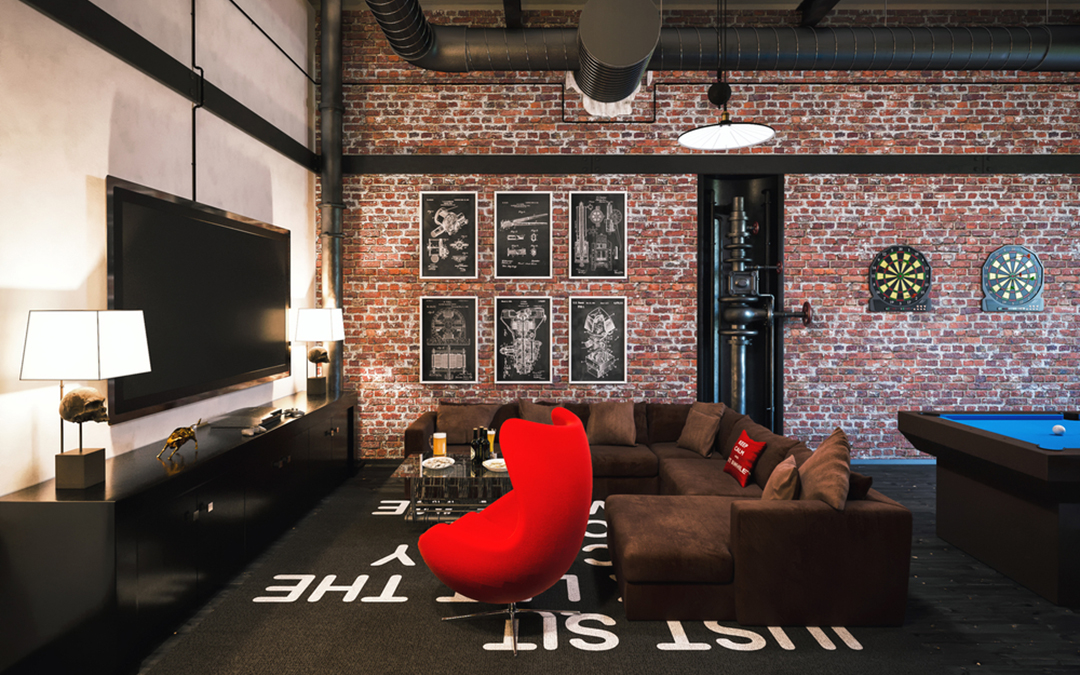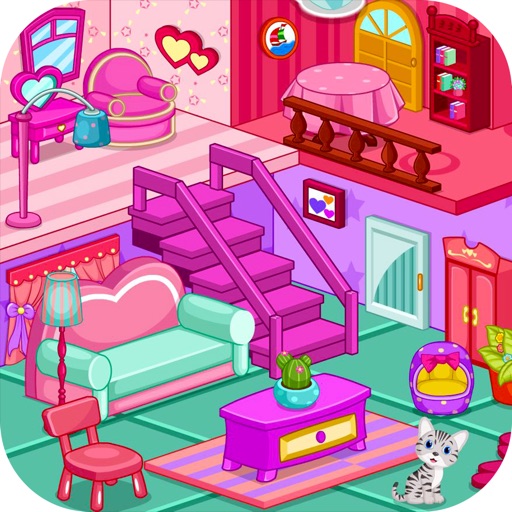Table Of Content
Once you enter the home the magic of the space is mesmerizing, the whole way through to the backyard. The kids’ bedrooms are on one side of the house and the primary suite is on the opposite side. There is a central hallway that creates a calming center and architectural axis while also making the home feel longer, bigger, and more expansive. Some examples of wabi-sabi style interiors include an asymmetric ceramic bowl, broken bowls repaired by glue or a rustic patina over cement wall.
Embracing Imperfections:
Wabi Sabi is a captivating Japanese philosophy rooted in Zen Buddhism that cherishes the beauty inherent in life’s imperfections. The wabi sabi aesthetics encourage appreciation of the innate beauty of both animate and inanimate objects, even when they exhibit signs of age or wear. The awareness that our surroundings won't last forever is where the beauty is found.
Nothing is Perfect
Whether it’s a piece of handmade décor that bears the marks of its maker, or a piece of furniture that’s not perfectly aligned or symmetrical, such items add character to your home. Finally, remember that aging is a natural part of life, and it’s something to be celebrated, not hidden. Don’t be too quick to repair or replace things that are showing signs of age.
#2: This 4-Room HDB at Jalan Membina Teaches You How to Play With Different Textures
A palette that can create interiors that are serene and harmonious, where natural light and the interplay of muted colours – conveying a sense of enveloping luxury and comfort. Opt for materials meant to age, intended to have multiple lives, or ones that have already lived numerous lives. Use open reclaimed shelving and highlight some often-used items and store the rest in cabinetry. Choose comfortable, not bulky, upholstered furniture, and make sure to leave extra space around groupings so the room can breathe.
Ways To Incorporate Wabi-Sabi Interior Design in Your Home

In this respect, the idea of wabi-sabi involves the understanding that each thing on this planet, whether living or not, ages with grace, and becomes more beautiful as it breaks, fades, or scars. It is the understanding that old and worn out things have their own elegant charm. Each of these artforms is a dialogue between the artist and the impermanent nature of existence, a humble bow to the continuous flux of life.
HGTV's Jasmine Roth Swears By This Perfectly Imperfect Decor Style - House Digest
HGTV's Jasmine Roth Swears By This Perfectly Imperfect Decor Style.
Posted: Wed, 20 Dec 2023 08:00:00 GMT [source]
#7: Clean, All-White Interiors Take Centre Stage in This 3-Room BTO
Wabi-Sabi, the Japanese concept of finding beauty in imperfection and simplicity, has been gaining popularity in the world of interior design. This minimalist design philosophy celebrates the beauty of natural materials and the imperfections that come with them. Contrasting starkly with the sleek minimalism and polished finishes of contemporary interior design, Wabi-Sabi celebrates the rustic, organic, and imperfect. Rather than hiding flaws, this Japanese philosophy highlights the beauty in imperfection through the mindful incorporation of natural materials, weathered textures, and organic forms. Wabi-sabi interior design celebrates imperfection and embraces organic, sustainable materials. It emphasizes irregular, raw textures and flawed finishes, creating a sense of warmth and approachability.

Nod to Japanese interior design with a beautifully handcrafted dining table and contrast of light and dark furniture. You can also set your wabi-sabi dining table with simple, mismatched tableware and unpolished silverware. Typically open-plan, wabi-sabi kitchens are inviting and balance rustic and minimal design styles. Opt for a mix of open shelving to display unique and artisanal kitchenware and neat under-counter cupboards to ensure a tidy space. According to wabi-sabi interior design, your home is your safe space and should be created in a warm, cozy, and comforting manner.
Wabi-sabi design relies heavily on natural and raw materials that tell a story. The most prominent materials are stone, wood, clay, exposed concrete, and textured textiles like jute, linen and wool. Incorporate wabi-sabi storage that blends seamlessly with your home’s aesthetic.
To incorporate Wabi Sabi style into your dining room, keep your table setting simple and minimalist, with earth-toned plates and simple glassware. Wabi sabi ceramics often feature irregular shapes, asymmetrical designs, and subtle glazes that showcase the beauty of imperfection and the handcrafted nature of the pieces. Utilize a simple wooden table with visible grain patterns, adorn with a few imperfectly shaped vases holding dried flowers, and incorporate a tray with worn edges to showcase tea or coffee paraphernalia. When it comes to raw items, use Wabi-Sabi ceramics like unglazed pottery instead of modern ceramics, in the form of planters or bowls, or use olive jars that have broken handles. You can even use unpolished copper or brass materials, to give your home a beautiful, rustic feel. A great example is being disciplined with respect to daily tasks such as making one’s bed.
Maybe the chips and nicks on your coffee table aren't so bad after all. Learn more about wabi sabi interior design and why designers love applying the perfectly imperfect practice in their homes ahead. The use of natural materials such as wood, stone, and linen is integral to a Wabi Sabi home, as they infuse the space with a sense of warmth and authenticity. These materials, which are often used in furniture and home decor, beautifully emphasize the wonders of the natural world.
Bamboo, cotton, and linen are all wonderful natural fabrics that beautifully suit a Wabi Sabi bedroom design. Washed linens stand out for their ability to augment the beauty of Wabi Sabi design, contributing to a cozy and welcoming ambiance. These linens, with their natural textures and colors, contribute to the overall aesthetic of the space and perfectly embody the Wabi Sabi appreciation for the imperfect and the transient.










